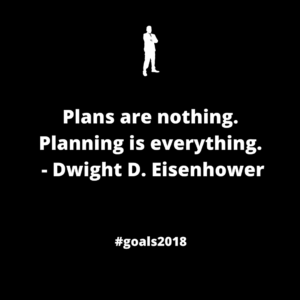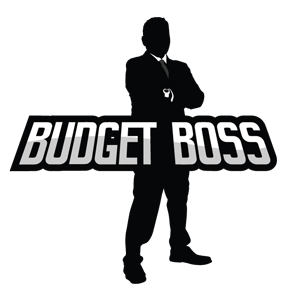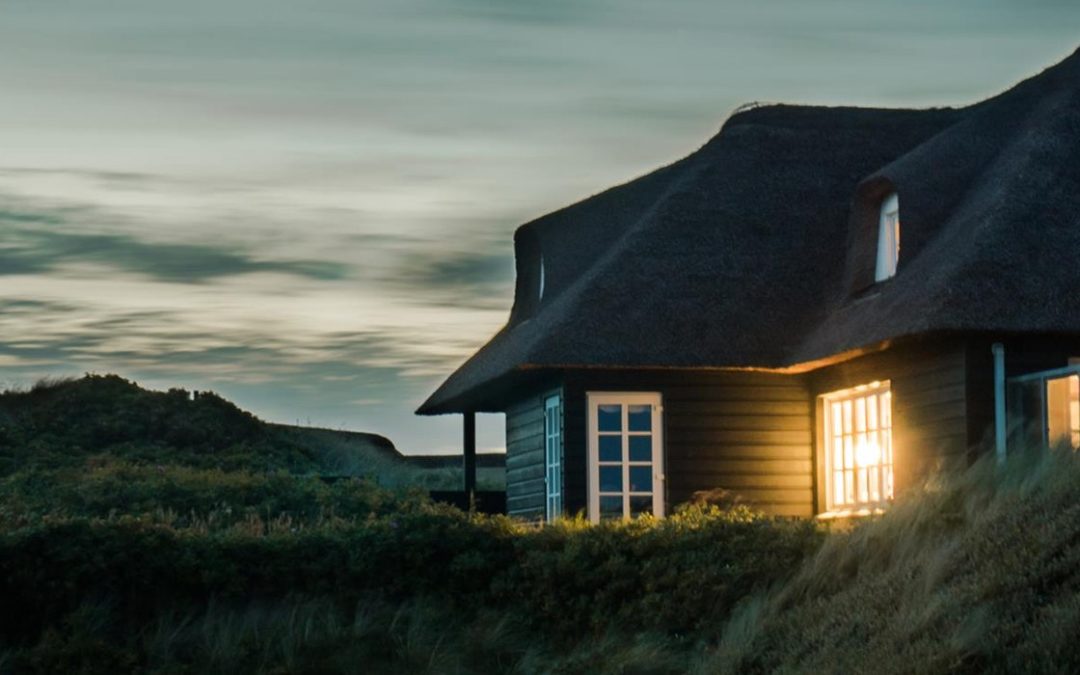Wednesday, February 7, 2018
The Home Buyer’s and Lifelong Learning Plans
One of the constant complaints I hear from people about their RRSP’s is that they must pay tax when they withdraw money. I always remind them that they never paid tax on that money to begin with and that the money is meant to be used for retirement when theoretically, they will be in a lower tax bracket. Depending on the situation I may remind them of the 2 instances when you can make withdrawals from your RRSP without paying any tax at all. The two times you pay no tax are of course the Home Buyer’s Plan (HBP) and the Lifelong Learning Plan (LLP). There is mass confusion when it comes to these plans, so my aim will be to clear the air. They both offer an opportunity to enrich your life while still maintaining the benefits of the RRSP.
The RRSP Home Buyer’s Plan (HPB)
The Criteria for the HPB is:
- You must be considered a first-time home buyer
- You are considered a first-time home buyer if, in the four-year period, you did not occupy a home that you or your current spouse or common-law partner owned.
- You must have a written agreement to buy or build a qualified home for yourself.
- you buy or build it, or you are considered as buying or building it, before October 1st of the year after the year of the withdrawal;
- you buy or build it, alone or with one or more individuals.
- It is considered you to have built a qualifying home on the date it becomes habitable.
In all cases, if you have previously participated in the HBP, you may be able to do so again if your repayable HBP balance on January 1st of the year of the withdrawal is zero and you meet all the other HBP eligibility conditions.
The RRSP withdrawal conditions:
- You have to be a resident of Canada at the time of the withdrawal.
- You have to receive or be considered to have received, all withdrawals in the same calendar year.
- You cannot withdraw more than $25,000.
- Only the person who is entitled to receive payments from the RRSP can withdraw funds from an RRSP. You can withdraw funds from more than one RRSP as long as you are the owner of each RRSP. Your RRSP issuer will not withhold tax on withdrawn amounts of $25,000 or less.
- Normally, you will not be allowed to withdraw funds from a locked-in RRSP or a group RRSP.
- Your RRSP contributions must stay in the RRSP for at least 90 days before you can withdraw them under the HBP. If this is not the case, the contributions may not be deductible for any year.
- Neither you nor your spouse or common-law partner or the related person with a disability that you buy or build the qualifying home for can own the qualifying home more than 30 days before the withdrawal is made.
- You have to buy or build a qualifying home for yourself, for a related person with a disability, or to help a related person with a disability buy or build a qualifying home before October 1st of the year after the year of the withdrawal.
- You have to fill out Form T1036, Home Buyers’ Plan (HBP) Request to Withdraw Funds from an RRSP for each eligible withdrawal. *Government of Canada Website
Paying the money back:
The RRSP Home Buyer’s Plan is considered a loan. You may ask, “Why do I have to pay back money that I am borrowing from myself?” The reason for that is simple:
1) You never paid tax on that money and therefore once it enters the real world it becomes income. Therefore, you must either pay tax on that money or have an agreement in place to pay it back to the tax-deferred vehicle, ie: The Home Buyer’s Plan.
2) It is worth noting that when you made the deposit into the RRSP you gained the subsequent tax deduction as a result, the HPB is a way to maintain that previous deduction.
You must pay back the money deducted (maximum $25,000) over a period of 15 years.
1) The first payment is due 2 years after you withdraw the money from your RRSP for the HBP
2) The amount due per year is the amount withdrawn divided by 15 (ie: 25K / 15 = $1,667 per year or $139 per month)
3) You do not receive tax deductions for HPB repayments (You don’t get deductions for the same money twice, of course, they don’t allow that)
4) You can contribute more than the annual minimum repayment if you like and it would lower your minimum payment for the following year. (ie: The first year you deposit 7K back into your RRSP as your HBP repayment. Your new repayment would be $1285/year or $107/month, 18K remaining balance divided by 14 years left in the schedule)
5) If you do not make the minimum annual payment for your HBP loan, any amount owing that year will be added to your taxable earnings for the year. (You only deposit $1000 into your RRSP and you should have deposited $1667, you, therefore, added $667 to your earnings for the year and will be taxed as if that was income.)
Summary:
The Home Buyer’s Plan is a great way to fund the down payment for your first home. You receive all the benefits of the RRSP, (tax-deferred growth, tax deductions, etc.) and get to withdrawal your money tax-free. It really is a slam dunk for those who can participate. You do have to pay it back or pay tax on it, but it is interest-free and quite a small payment if stretched out. I believe that anyone who qualifies should consider this program.
Registered Retirement Savings Plans: What you need to know – Budget Boss

The Lifelong Learning Plan (LLP)
The Lifelong Learning Plan (LLP) gives you an interest-free loan from your RRSP, or from your spouse’s RRSP, up to $10,000 a year (to a maximum of $20,000 in total, or $40,000 in total if both members of a couple are going back to school) to finance full-time training at a qualifying school.
Criteria:
1) You must be enrolled in a school that qualifies for the education tax credit or have received a written offer to enroll and have enrolled by March of the following year. To qualify the program, you choose must run for at least three consecutive months and you must spend at least 10 hours a week on coursework.
2) You must repay the loan within 10 years, starting in the 5th calendar year after the money is withdrawn. It is divided similar to the HBP, paying 1/10 of what was withdrawn each year. (20K loan / 10 years = $2000 annual payment or $167 monthly)
3) Like the HPB, you can repay the loan sooner is you wish, but it may be more effective to pay it back over the 10 years because like the HPB you don’t get tax deductions from LLP repayments.
4) You can use the LLP as many times as you want if you have paid back the last loan before you try to tap your RRSP again. This makes it perfect for ongoing skills development and training. *MoneySense
Summary:
The Lifelong Learning Plan is very similar to the Home Buyer’s Plan. They both provide a tax-free loan to the recipient and hold in place the RRSP benefits originally obtained. Much like the HBP, you may ask: “Why do I have to pay back my own money.” This is because you received a taxable benefit from it when you deposited it and to maintain that benefit the money must be put back into its original place. In my opinion, the LLP is a great way to consistently upgrade your skills in an ever-changing economic landscape. Those who don’t upgrade get left behind, so using your RRSP to your advantage is a great way get ahead.
Both plans are top notch in my books but also must be properly thought out. For those with a limited income, paying back the loan amounts might be troublesome. An evaluation of your current situation and future financial state should always take place. As previously mentioned, I love the tax savings and efficient growth the RRSP offers. Add to that the investment of a buying a house or pursuing educational goals makes it that much sweeter.
Thanks for tuning in today as RRSP Week continues at Budget Boss. Tune in tomorrow when I discuss how you can maximize your RRSP contributions. If you would like to learn more about the HBP or the LLP please send me a message at joe@budgetboss.ca. Have a great day Bosses!
“Plans are nothing; planning is everything.” – Dwight D. Eisenhower

Email – joe@budgetboss.ca
Follow Budget Boss on – Facebook LinkedIn Twitter Instagram Pinterest Quora


